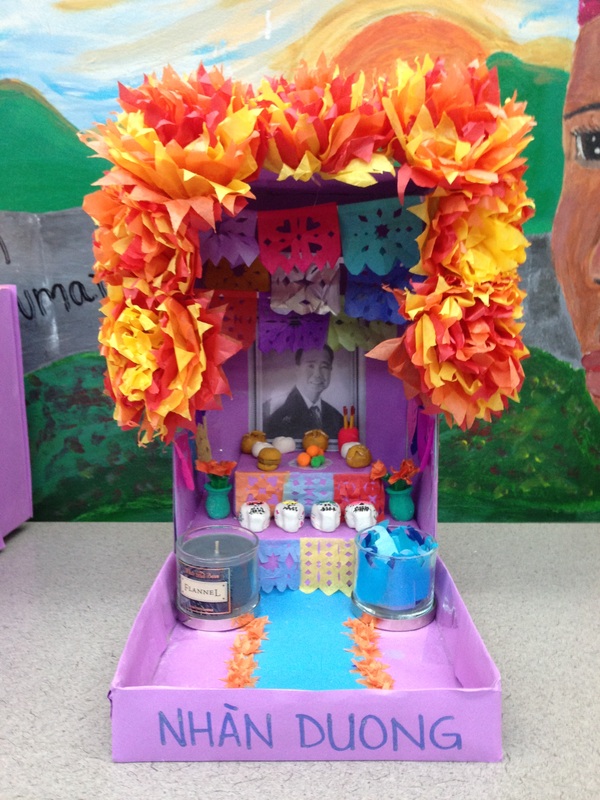

Observed during the Catholic feasts of All Saints' Day and All Souls' Day-November 1 and 2-this traditional Mexican holiday celebrates the two-day return of deceased relatives to their loved ones remaining on Earth. El Dia de los MuertosĪ common example of the fusion of Aztec and Catholic practices is evident throughout Mexico every autumn during the celebration of El Dia de los Muertos. To learn more about Cortes' conquest of Mexico see the EDSITEment-reviewed Conquistadors. Within the first decade of Spanish rule, hundreds of thousands of native Mexicans converted to Catholicism.

Thus, a blending of Aztec customs and Catholic beliefs resulted in a distinctive Mexican religious culture. Furthermore, the Aztec worship of the goddess Tonantzin was transferred to the veneration of the Virgin Mary in the Catholic faith.

This ceremonial ritual of their religion made them receptive to the idea of consuming the flesh of Jesus Christ in the Eucharist. For example, the Aztecs were known (and feared by some other Indian communities) for their practice of human sacrifice. However, the Aztecs did find elements of their own religion in some Catholic rituals. European efforts at evangelism were not always effective, especially when missionaries attempted to introduce the Christian faith and religious practices without alteration or adaptation to indigenous customs. Finally, Cinco de Mayo, a celebration that continually grows in popularity in the United States, commemorates a Mexican military victory over the French in 1862.Īfter Hernando Cortes conquered the Aztec Empire in 1521, Catholic missionaries swept into the area to convert the indigenous peoples. Mexico's Independence Day commemorates The Cry of Dolores ( El Grito de Dolores), when Mexico's rural poor began a fight to overthrow the Spanish in 1810. The Day of the Dead ( El Dia de los Muertos) is a celebration that has developed out of a combination of indigenous and Catholic rituals for honoring the deceased. The Feast of Our Lady of Guadalupe ( Dia de Nuestra Señora de Guadalupe) is a Catholic celebration of the appearance of the Virgin Mary to an Indian man in the first years of Spanish rule. The holidays celebrated by Mexico today exemplify the synthesis of ancient Mexican religion and Catholicism, and commemorate the struggles of Mexico's different social classes and ethnic groups. This lesson will focus on holidays that represent and commemorate Mexico's religious traditions, culture, and politics over the past five hundred years. The encounter between European and indigenous, Catholic and pagan, and rich and poor has generated a unique culture in Mexico. Mexico today is the product of ancient Indian civilizations, European conquest, Catholic missionary efforts, two long and bloody revolutions, and many other wars. National holidays provide insight into the values of a country while commemorating its history. Much can be learned about a nation by the events that appear on its calendar.


 0 kommentar(er)
0 kommentar(er)
